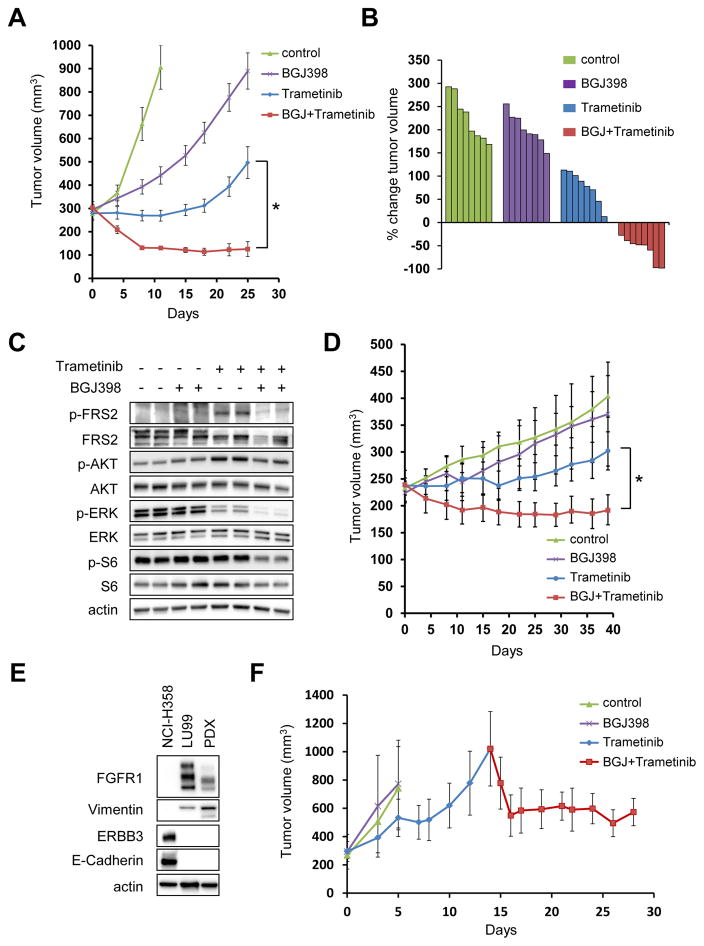Figure 6. The combination of an FGFR inhibitor and a MEK inhibitor leads to tumor regressions in mesenchymal-like KRAS mutant lung cancer in vivo.
(A) LU99 xenografts were treated with the vehicle (control), NVP-BGJ398 15 mg/kg, trametinib 0.6 mg/kg, or the combination at the same doses. Drugs were administered once daily by oral gavage. Tumor volumes were plotted over time from the start of treatment (mean ± SEM). *p < 0.05 by Student’s t test. (B) Waterfall plot showing the percent change in tumor volume (relative to initial volume) for individual LU99 tumors following 25 days of treatment. Note that data for control group was taken on day 11 due to their growth. (C) LU99 derived xenograft tumors from mice treated as indicated were lysed and immunoblotted with the indicated antibodies. (D) NCI-H23 xenografts were treated same as (A). Tumor volumes were plotted over time from the start of treatment (mean ± SEM). *p < 0.05 by Student’s t test. (E, F) Tumor regression in a patient-derived xenograft (PDX) by FGFR and MEK inhibition. (E) PDX tumors implanted into NSG mice were lysed and immunoblotted with the indicated antibodies. Lysates from NCI-H358 and LU99 were used as control for epithelial and mesenchymal cells, respectively.
(F) PDXs were untreated (control), or treated with NVP-BGJ398 15 mg/kg, or trametinib 0.6 mg/kg (n=3 in each cohort). Once the average of the tumors became more than 1000 mm3 in the trametinib cohort, the combination of trametinib and NVP-BGJ398 was started at the same doses as the single-agent cohorts. Drugs were administered once daily by oral gavage. Tumor volumes were plotted over time from the start of treatment (mean ± SEM).

